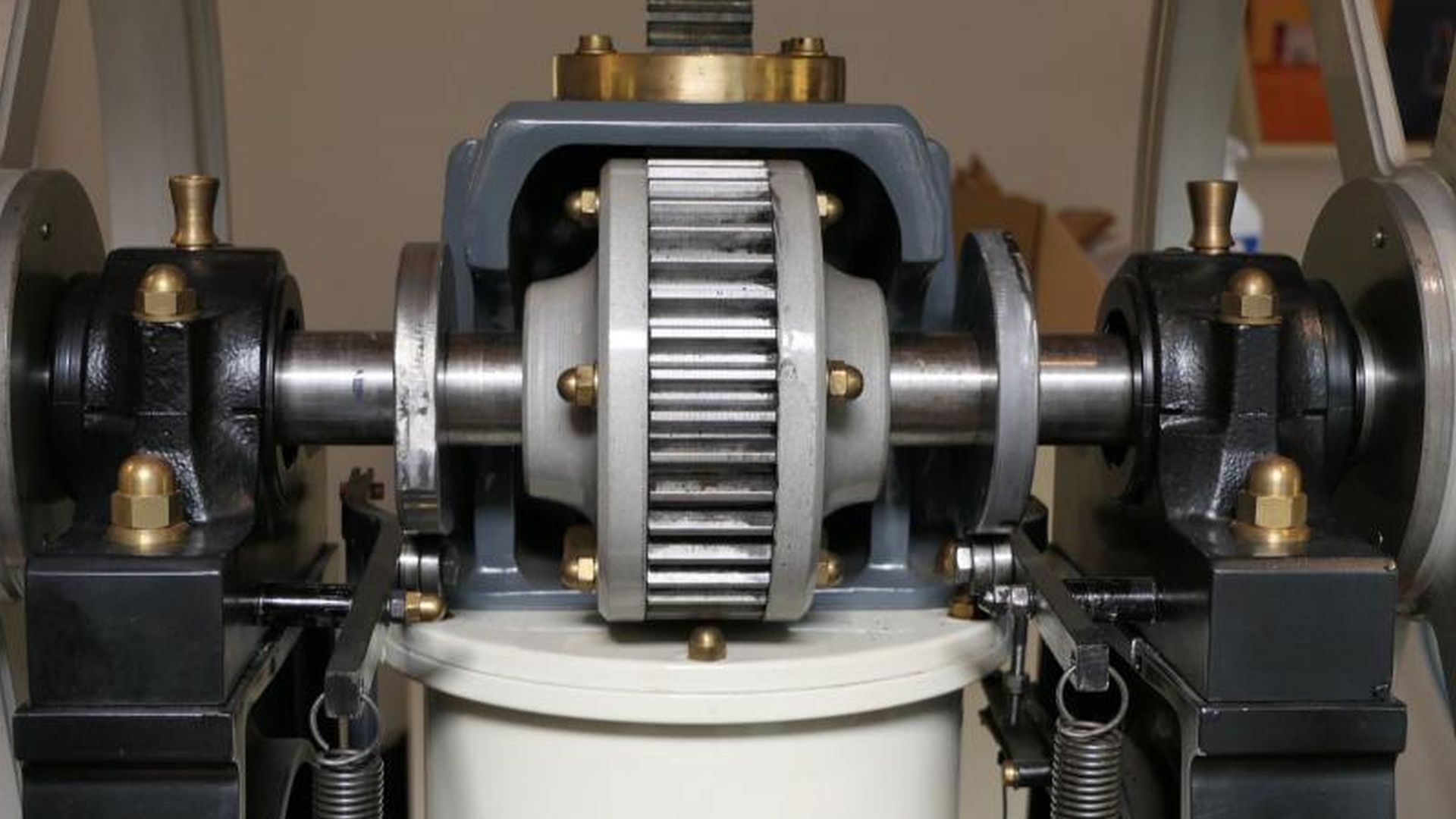The Barsanti and Matteucci Museum (or Museum of the Internal Combustion Engine), located in the Antica Loggetta dei Guinigi in via Sant'Andrea, traces the lives, works and successes of the two inventors Eugenio Barsanti, a priest and physics teacher born in Pietrasanta, and Felice Matteucci, an engineer from Lucca.


.jpg)
CONTACTS
ADDRESS: Via Sant’Andrea, 58 Lucca
TEL: 0583 467870
E-MAIL: info@barsantiematteucci.it
WEB: barsantiematteucci.it
It was Barsanti who discovered the possibility of transforming a burst (by igniting hydrogen gas) into mechanical force; then his meeting with Matteucci (1851) and collaboration to design and test a continuous motion “machine”, capable of cyclically repeating this transformation and obtaining a constant supply of mechanical energy.
In 1853, to protect the invention of the 1st model of internal combustion engine, they deposited a written memorandum at the prestigious Accademia dei Georgofili in Florence. Ten years later, the 1st 4-horsepower engine was built in the Bauer Workshops in Milan and the following year large-scale production began at the John Cockerill Company in Seraing, Belgium.
It was a great commercial success, but did not receive official recognition in Europe. They filed patents, drawings and documents to claim credit and authorship of the invention, but it was all in vain. In the decades that followed, the engines of Jean Etienne Lenoir, Nikolaus Otto and Eugen Langen gained widespread fame and are remembered as milestones in the development of the automobile.
Today, the genius of Barsanti and Matteucci is unanimously recognised internationally.
In the museum, it is possible to find a rich documentation and read the writings relating to the studies carried out by the two inventors. The detailed accounts of the experiments and techniques perfected, the certificates and patents accumulated over the years testify to the revolutionary scope of the invention, up to the final claim to primacy.
In the two cosy rooms on the ground floor there are reproductions of the first engine models designed by Barsanti and Matteucci, running on compressed air. With a simple gesture, it is possible to operate the machines and see how the mechanisms work.
Also on display there are two “jewels” that will enchant enthusiasts: the 1951 Vespa “Farobasso”, the model used in the film “Vacanze Romane”, and a historic Vespa 50 R from 1971.
